I was amazed lately to find out about solder paste - so we can assemble our PCB prototypes at home relatively easily.
The process seems easy, but now I started to suspect I am going to have a problem with small 0402 and 0603 parts. I also have the main part which is QFN-48 (no pins, only pads underneath).
To make the stencil with such small sizes that you can't even print seems like a real problem - e.g for 0603 is less then 1 mm so most printers will not do it, even laser.
If I do these parts by hand, can I make a stencil for the QFN-48 pins (600x600)? or is it too small for that? 12 pins per 6 mm is one pin for 0.5mm!
How do you do these things? Can I just splash all pins with the paste without stencil fixture? Assembly for 2-5 parts can cost more than $350, and some parts such as QFN can't be assembled by hand.

